From Molecules to Organisms: Structures and Processes
-
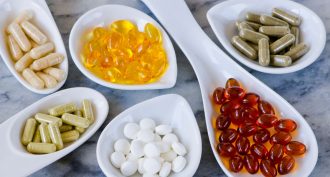 Health & Medicine
Health & MedicineFood supplements can make you sick
Drugs must past safety testing before they can be sold. But food supplements don’t have to meet the same standards.
-
 Environment
EnvironmentNot so sweet: Fake sugar found at sea
Sucralose — sold in stores as Splenda — has begun turning up in seawater. This raises concern about the fake sweetener’s impacts on the environment.
-
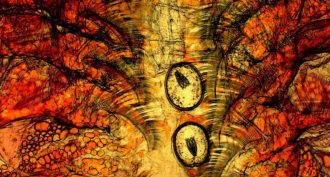 Animals
AnimalsParasites give brine shrimp super powers
When infected with parasitic worms, brine shrimp survive better in waters laced with toxic arsenic, a new study finds.
-
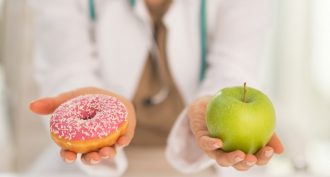 Health & Medicine
Health & MedicineTeens eating better but gaining weight
From 1999 through 2012, teens got heavier. But by downing less sugar and eating more healthy fats, their bodies also showed signs that these teens were somewhat healthier.
-
 Health & Medicine
Health & MedicineExplainer: What is metabolic syndrome?
A “couch potato” lifestyle of too much sugary, fatty food and too little exercise leads to health problems. This is known as metabolic syndrome.
-
 Brain
BrainWhen smartphones go to school
Students who use smartphones and other mobile technology in class may well be driven to distraction. And that can hurt grades, studies show.
-
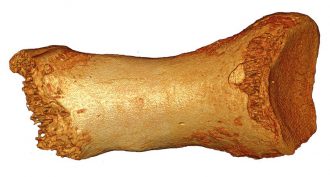 Fossils
FossilsNeandertal toe contains human DNA
DNA from a 50,000-year-old Neandertal woman’s toe bone shows humans left a mark on the ancient species — and much earlier than scientists had thought.
-
 Health & Medicine
Health & MedicineVaping may threaten brain, immunity and more
New studies of e-cigarette vapor in animals and human cells find new risks to gene activity, behavior and male sperm.
By Janet Raloff -
 Animals
AnimalsPicture This: Christmas tree worms
The tops of Christmas tree worms look like brightly colored plants. But they are really boneless marine animals with eyes that can breathe and gills that can see.
By Susan Milius -
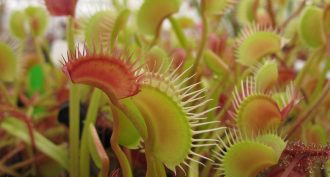 Plants
PlantsBefore eating, Venus flytraps must ‘count’
Researchers find that Venus flytraps respond to the number of times insects touch their sensory hairs. This tells them when it’s time to turn on digestion.
-
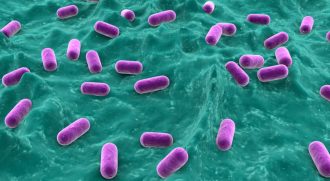 Life
LifeCell recount: People host far fewer germs
Since the 1970s, microbiologists have been saying bacteria outnumber human cells in our bodies by about 10-to-1. A new analysis says that old number was a “fake” fact — and gross exaggeration.
-
 Health & Medicine
Health & MedicineExplainer: What is skin?
The body’s soft, outer armor contains three layers, each with its own important role to play.